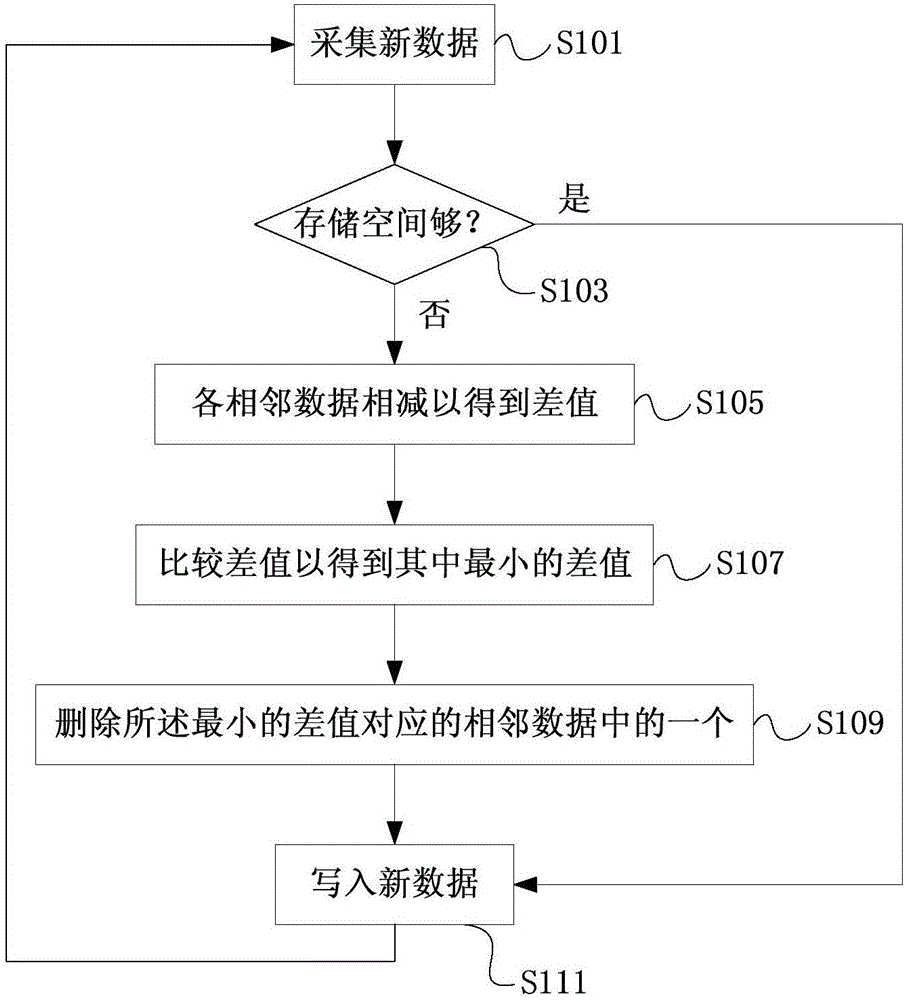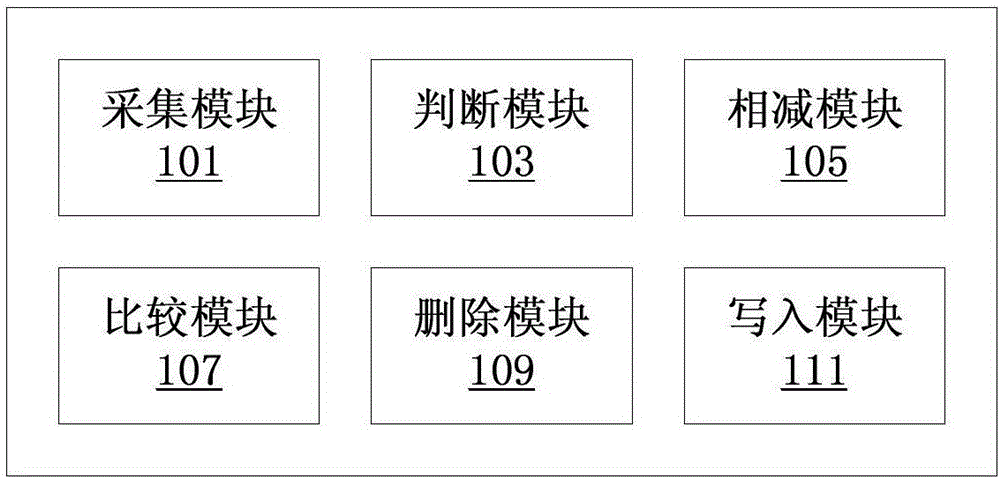Method and device for storing historical trend data in limited memory space
A technology of storage space and historical trends, applied in the input/output process of data processing, electrical digital data processing, instruments, etc., can solve damage, observe the overall trend of signal changes, focus on distortion, and measure equipment data cannot respond well Monitor the signal change trend and other issues to achieve the effect of retaining the change trend
- Summary
- Abstract
- Description
- Claims
- Application Information
AI Technical Summary
Problems solved by technology
Method used
Image
Examples
Embodiment Construction
[0021] The present application will be described in further detail below through specific embodiments in conjunction with the accompanying drawings.
[0022] In order to solve the problem that when the storage space is full, the existing technology will automatically delete the oldest historical observation data to make room for the new data, which will seriously distort the overall trend of the data. When the space is insufficient, one of the two adjacent data with the smallest difference value is deleted, thereby freeing up storage space for storing new data, and at the same time retaining the change trend of the data in the storage space to the greatest extent. Further description will be given below through several embodiments.
[0023] Please refer to figure 1 , this embodiment provides a method for storing historical trend data in a limited storage space, including a judgment step S103, a subtraction step S105, a comparison step S107, and a deletion step S109. In one em...
PUM
 Login to View More
Login to View More Abstract
Description
Claims
Application Information
 Login to View More
Login to View More - R&D
- Intellectual Property
- Life Sciences
- Materials
- Tech Scout
- Unparalleled Data Quality
- Higher Quality Content
- 60% Fewer Hallucinations
Browse by: Latest US Patents, China's latest patents, Technical Efficacy Thesaurus, Application Domain, Technology Topic, Popular Technical Reports.
© 2025 PatSnap. All rights reserved.Legal|Privacy policy|Modern Slavery Act Transparency Statement|Sitemap|About US| Contact US: help@patsnap.com


